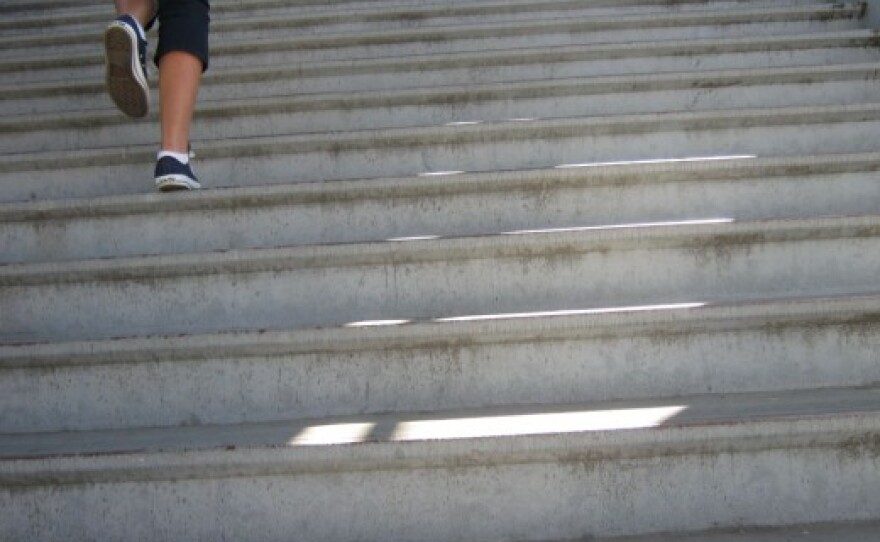Mandatory Expulsion
- Sexual assault
- Possession of a gun
- Possession of an explosive
- Brandishing a knife
- Selling a controlled substance
Discretionary Expulsion
- Third fight in a year
- Causing serious injury except in self-defense
- Assault or battery on a school employee
- Possessing a knife
- Possessing a dangerous object
- Using a controlled substance
- Possessing controlled substance
- Robbery or extortion
- Smoking offense
- Causing serious injury in hate incident
Expulsions at San Diego Unified schools are down nearly 60 percent.
This time last year, school administrators had heard nearly 400 expulsion cases and handed down 134 of them. Students are recommended for expulsions and get a hearing before it's made final.
As of May 29, administrators had considered 178 expulsions and followed through on 58.
The drop is the result of a school board decision last summer that gave principals more discretion in expelling students for behavior like smoking, getting in fights and possessing drugs. Previously, 15 offenses got students automatically kicked out of school. Now only five trigger mandatory expulsions.
The school district is embracing a strategy called restorative justice. It focuses on getting at the root cause of bad behavior and repairing relationships, rather than sending kids home when they get in trouble.
"Instead of expelling a student and pushing them out of the school community, they're engaging them more and asking, 'What happened here? Why did this incident happen?' And (they're saying,) 'We need to bring the student responsible together with the people that were impacted,'" said Justine Darling of the National Conflict Resolution Center. The nonprofit is working on restorative justice programs, along with SAY San Diego and local criminal justice agencies, at six area high schools.
At Crawford High in City Heights, the strategy plays out in student-run programs. The campus' law academy leads weekly classroom dialogues, participates in the county's Teen Court program and offers peer mediation.
"These students can work with those students who are struggling through a conflict, and figure out how they can repair the harm, who needs to support them, and develop an accountability plan for both of the students involved," Darling said.
The teens will train peers and administrators from Hoover, Madison, Morse, Lincoln and San Diego high schools at the University of San Diego's Institute for Peace and Justice Wednesday.








